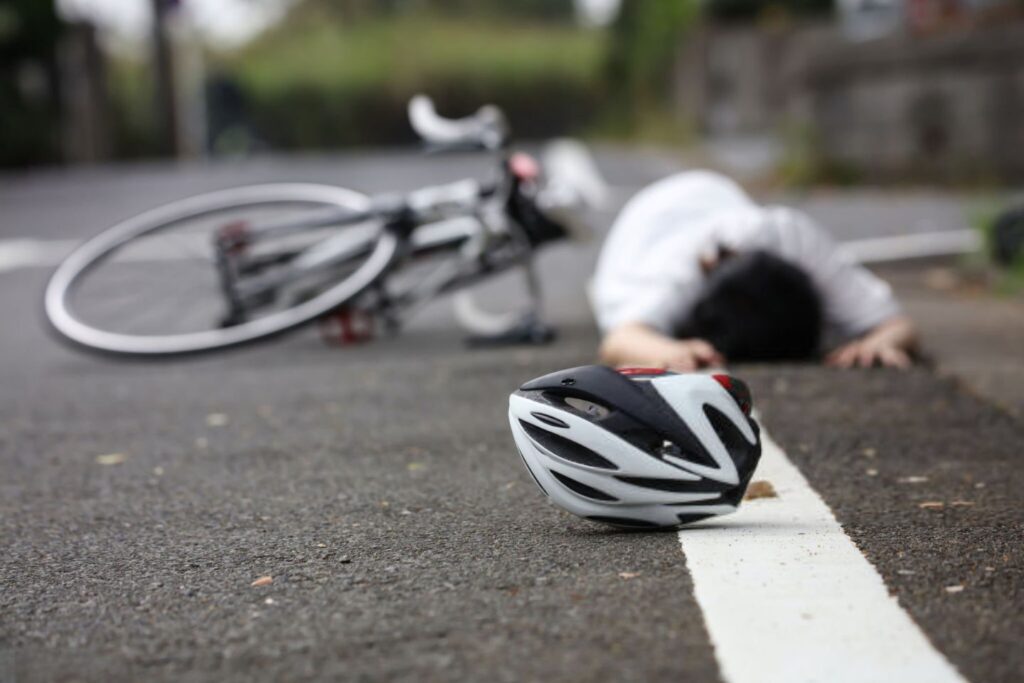According to the San Francisco Traffic Crashes Report 2017-2022, approximately 30 lives are tragically lost and over 500 individuals sustain serious injuries each year on the city’s streets. Behind these numbers are real people, real families affected by sudden and devastating hit-and-run accidents. It’s a situation that could happen to anyone, at any time, regardless of how careful you are.
However, as an SF hit and run victim, it’s crucial to remember that you’re not alone in navigating the aftermath of such a traumatic event. This article is dedicated to providing the essential information needed to understand your legal rights and the support systems available, ensuring you’re equipped to face the challenges ahead with confidence.
Hit and Run Cases in San Francisco
In San Francisco, hit-and-run accidents are a serious concern, governed by California’s legal framework.
According to California Vehicle Code section 20001, it’s mandatory for a driver involved in an accident resulting in injury or death to stop immediately at the scene. A hit and run occurs when a driver fails to fulfill this legal obligation, leaving without providing aid or identifying themselves.
Following SF hit-and-run report statistics highlight an alarming trend:
- The percentage of fatal crash hit-and-run cases doubled from 13% (2017-19) to 25% (2020-22).
- For injury crashes, the percentage of hit and runs increased from 17% (2017-19) to 22% (2020-22).
- Particularly concerning is that for 2020-22, 40% of pedestrian fatal and 30% of injury crashes were hit and run.
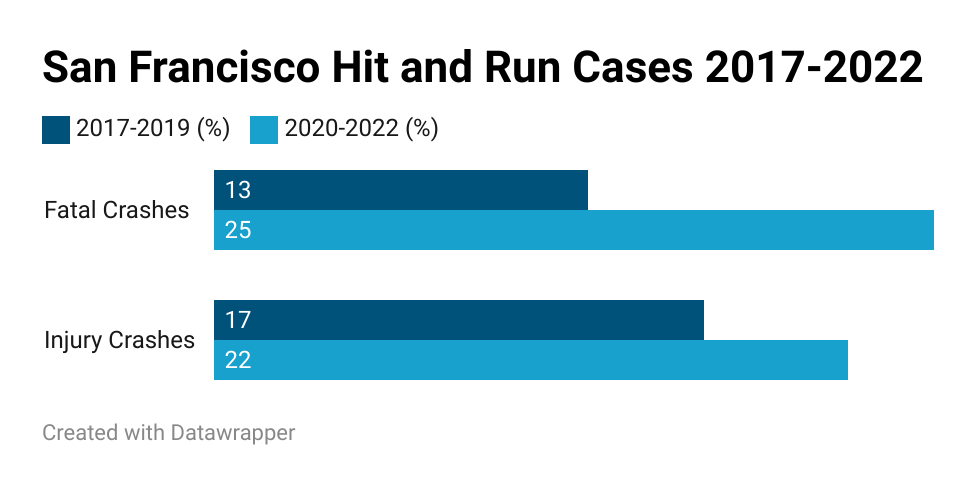

To better understand the scope of these incidents, San Francisco has a Traffic Fatality Map. This tool provides a visual representation of crash locations, offering insights into the most affected areas and the prevalence of hit-and-run accidents in the city.
Legal Considerations for an SF Hit-and-Run Victim
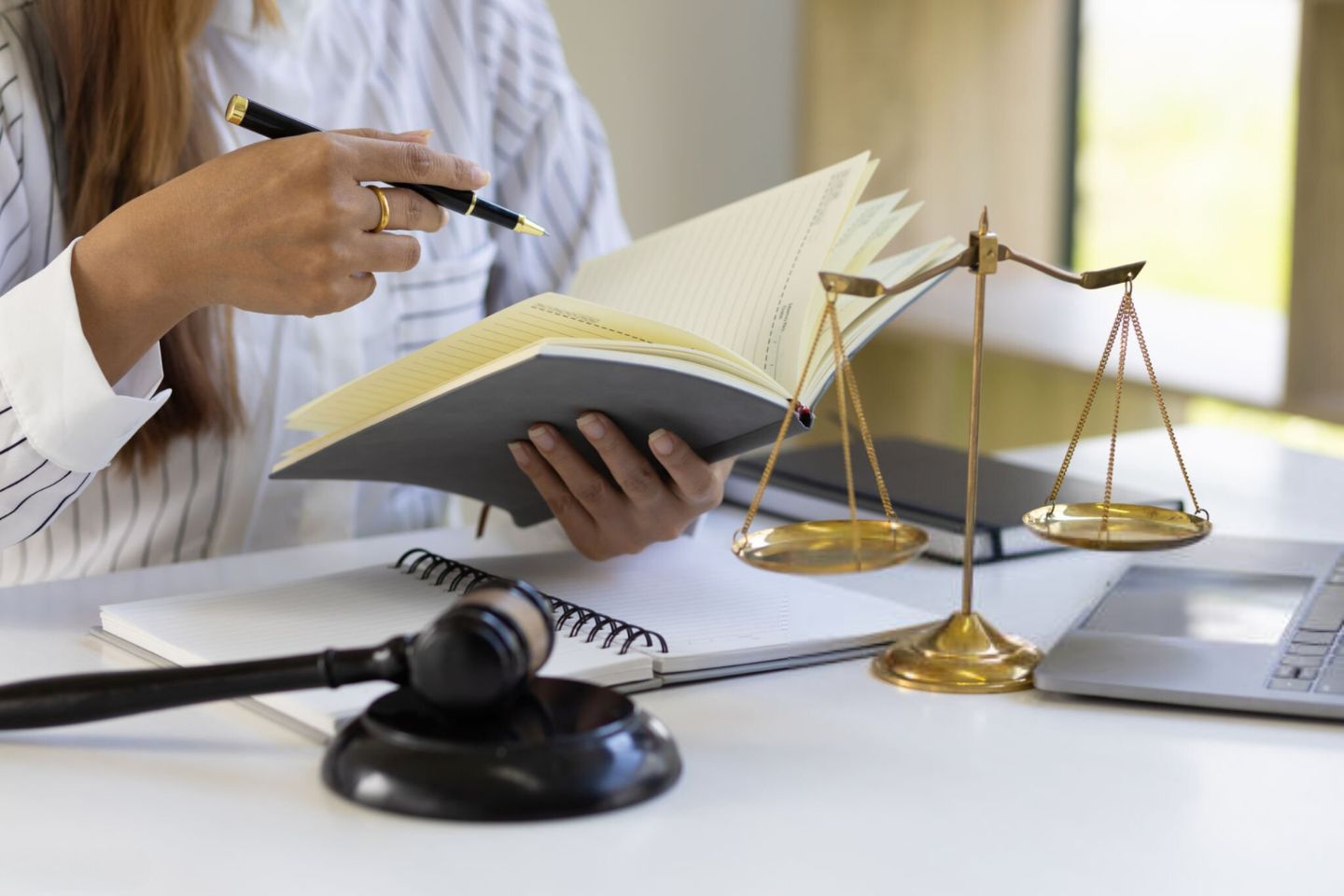

Navigating the legal landscape after a hit-and-run in San Francisco can be complex. As a victim, understanding your legal rights and the steps to take is crucial for ensuring justice and fair compensation.
Here are the key legal considerations:
Understanding California Hit and Run Laws
Understanding the complexities of California’s hit-and-run laws is crucial for any SF hit and run victim. The laws, particularly under California Vehicle Code section 20001, require drivers involved in an accident that results in injury or death to stop immediately at the scene.
The implications of these laws are significant for victims. If the at-fault driver is identified, their violation of this rule can play a critical role in your legal case. It shows a clear failure to follow legal obligations and might also allow for claims for extra damages, intended to penalize especially bad behavior.
File a Police Report Promptly
Immediately reporting a hit-and-run incident to the police is crucial for victims in San Francisco or elsewhere. It’s essential to dial 911 right after the incident to ensure a swift response from law enforcement. Additionally, victims should consider reporting the incident to the San Francisco Police Department further to document the event and aid in the investigation. This not only secures an official record of the event but also initiates a prompt investigation.
When making the report, whether at the scene or a police station, provide comprehensive details about the fleeing vehicle (like make, model, color, and any visible part of the license plate number), the accident’s time and location, and any witnesses. A thorough and accurate police report is invaluable, serving as a cornerstone for legal and insurance processes.
Seek Legal Counsel
Consulting with a personal injury attorney specializing in hit-and-run cases can be beneficial. An experienced lawyer can offer invaluable assistance, helping you understand your rights under California law. They can guide you through the often complex legal processes, represent your interests in negotiations, and, if necessary, in court.
If you’re unsure where to start, The Personal Injury Center is here to help. We connect victims like you with a network of skilled personal injury attorneys who possess expertise in handling cases similar to yours. With the right legal counsel, you can seamlessly overcome your physical and emotional damage, offering you peace of mind throughout the process.
Documenting Your Case
If you are an SF hit and run victim, collecting and preserving evidence is crucial for building a strong legal case. If you are physically able, it’s important to take photographs of the scene from multiple angles. There’s also a good chance you can get surveillance footage from nearby businesses or traffic cameras.
Additionally, taking photographs of your injuries is vital. These images are concrete evidence of the accident’s effects on your health and well-being. Keep a detailed file of all evidence, including photographs, medical documents, and any correspondence related to the incident. This organized collection of evidence will be instrumental in legal proceedings, aiding in illustrating the incident’s context for a favorable outcome.
Dealing with Insurance Claims
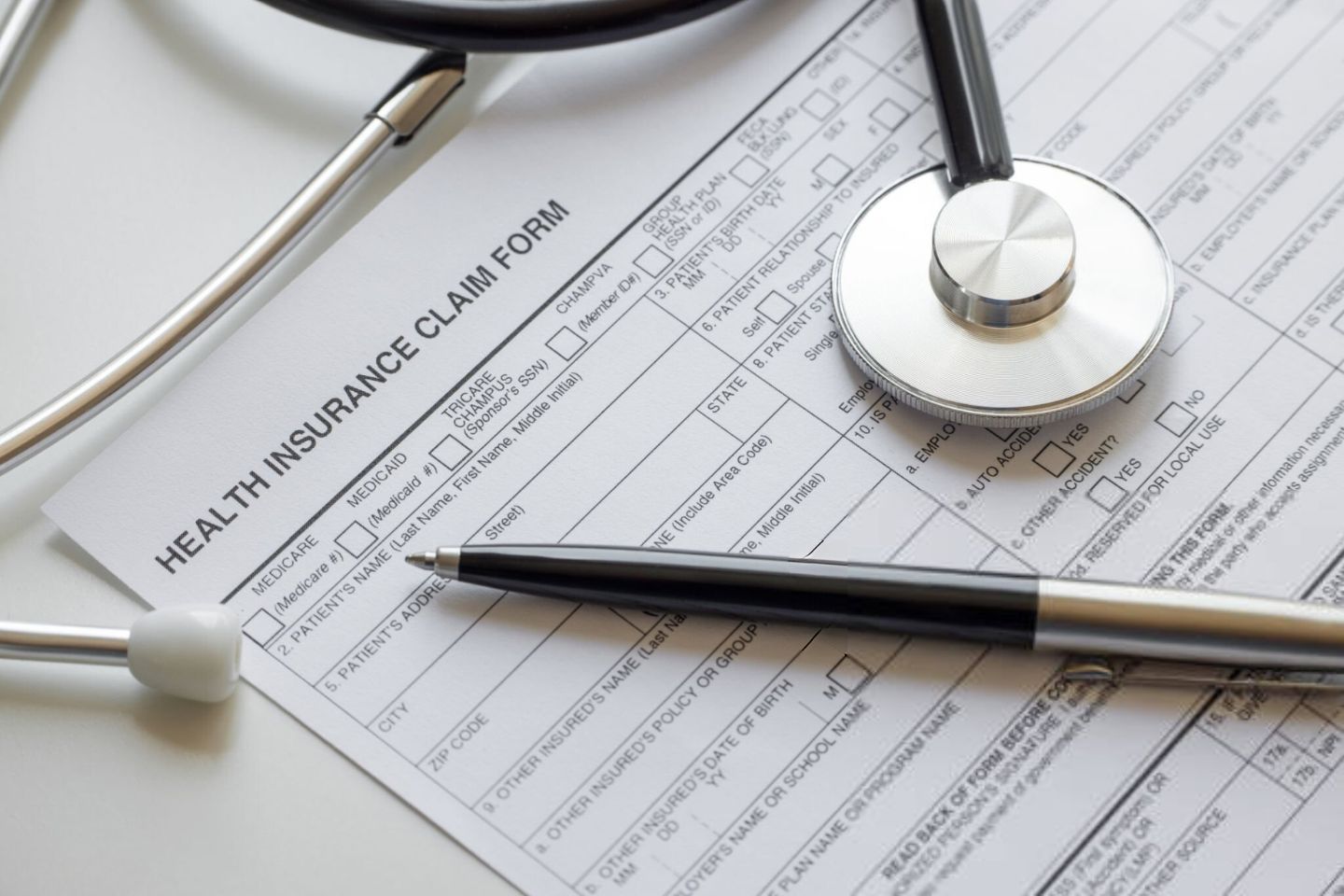

Navigating insurance claims is a crucial aspect of managing the aftermath of a hit and run in San Francisco. Understanding your insurance coverage and knowing how to file a claim effectively can significantly influence the outcome of your case.
Here are different types of insurance that can be relevant for an SF hit and run victim:
- Personal Injury Protection (PIP): PIP can cover medical expenses, lost wages, and other damages, regardless of who is at fault. Moreover, it can also provide coverage for emotional trauma and counseling services, which are often needed after such distressing incidents. This aspect of PIP is particularly valuable in hit and run cases where the at-fault driver is not identified.
- Uninsured Motorist Coverage: Uninsured motorist coverage splits into two types: bodily injury and property damage. Bodily injury coverage helps pay for medical bills, while property damage coverage assists in repairing your vehicle. Importantly, uninsured motorist policies typically do not include a deductible (a specified amount that the insured must pay before an insurance company will pay a claim), making them more accessible in the immediate aftermath of an accident.
- Medical Coverage: This insurance is specifically designed to handle medical expenses resulting from the accident. In cases of significant injuries, which are not uncommon in hit and runs, having medical coverage can ease the burden of high medical bills. This coverage is particularly important if you don’t have comprehensive health insurance or if there are gaps in your existing health plan.
- Collision Coverage: Primarily, this coverage is used for repairing your vehicle following an accident. In hit and run cases, especially when you have liability-only insurance, collision coverage becomes essential. It provides a pathway to restore your vehicle to its pre-accident condition, ensuring that a hit and run doesn’t leave you without reliable transportation.
In California, drivers are mandated to carry a minimum amount of bodily injury liability and property damage liability coverage. However, it’s important to note that this insurance primarily covers damages incurred by other parties in accidents you cause. Therefore, if you only have liability insurance, it won’t cover repairs to your car in a hit and run situation.
Statute of Limitations
In California, the law sets a clear time limit on your ability to file a lawsuit in personal injury cases. Under the California Civil Code Section 335.1, you typically have two years from the date of the accident to initiate legal proceedings.
This statute of limitations has two main goals. First, it makes sure that cases are handled based on evidence that has not been weakened over time. Second, it gives everyone involved a sense of closure. For victims, this time limit highlights the need to act quickly. Waiting too long to take legal action can not only weaken your case because memories fade and evidence may vanish, but also risk missing the chance to seek justice and compensation.
Filing a Personal Injury Case for Hit and Run in San Francisco
In the aftermath of a hit and run in San Francisco, it’s crucial to seek the right legal support. The Personal Injury Center can help you find the right attorney, specializing in personal injury cases like yours, to guide you through the complexities of the legal system.
Understanding the legal proceedings involved is the first step toward achieving justice and the compensation you deserve.
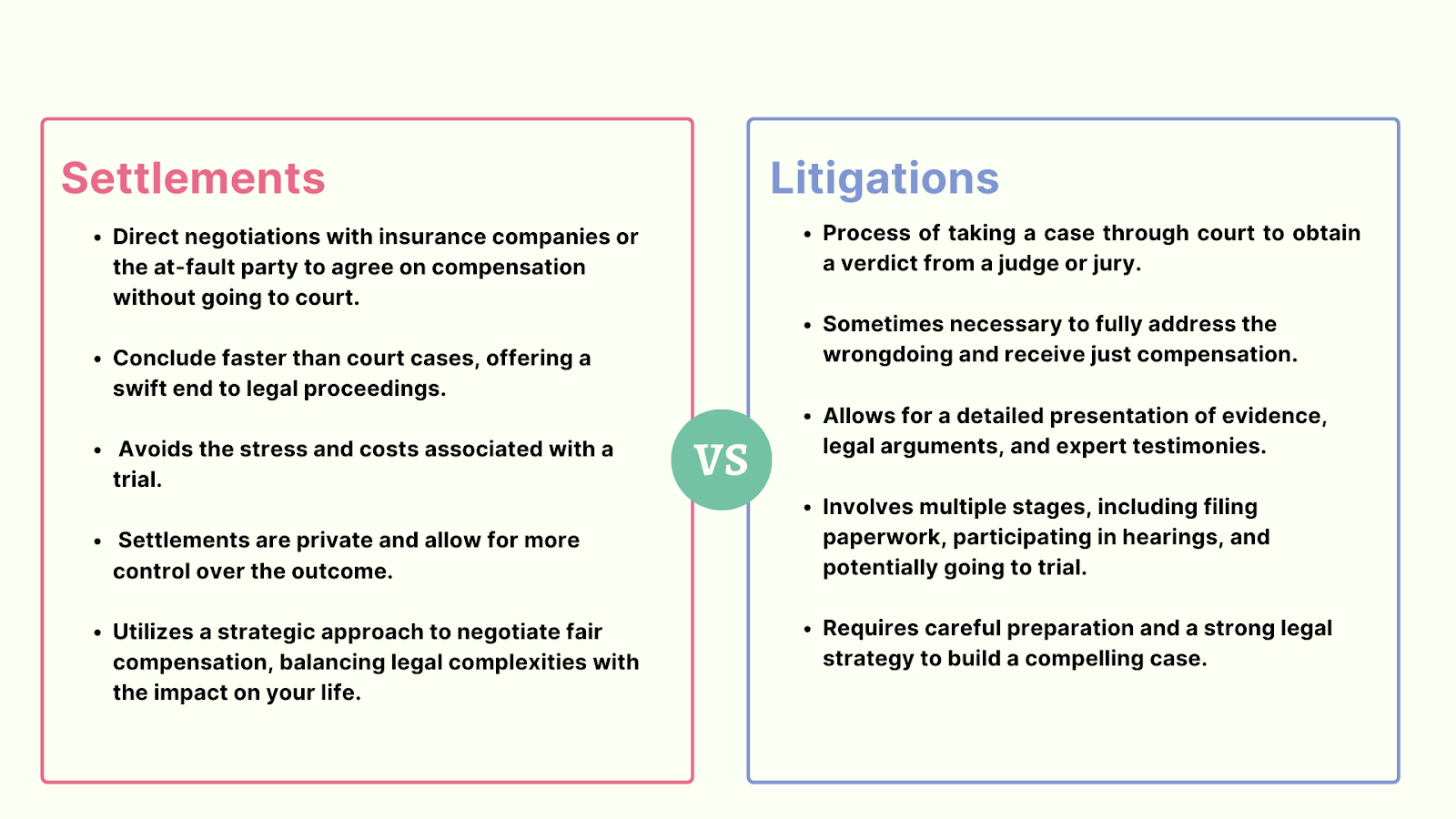

Here are some key legal avenues to consider for your case:
Settlement Negotiations
When dealing with a hit and run case in San Francisco, pursuing an out-of-court settlement is often a preferable and more efficient route. Settlement negotiations involve directly dealing with insurance companies or the at-fault party to agree on a compensation amount that covers your losses, including medical expenses, lost wages, and property damage.
Choosing an out-of-court settlement can offer several advantages. It typically leads to a quicker resolution, reducing the emotional and financial strain of prolonged legal proceedings. Additionally, settlements provide more privacy and control over the outcome, as opposed to the unpredictability of a court verdict.
The process demands a strategic approach, balancing the need for fair compensation with the realities of legal negotiations. Experienced attorneys can effectively assess the offer’s fairness and negotiate to ensure it aligns with the true impact of the incident on your life.
Litigations
If your hit and run case in San Francisco progresses to litigation, the role of your attorney becomes even more significant. Litigation involves presenting your case before a court, requiring careful preparation of evidence, legal arguments, and possibly expert testimonies. The goal is to build a compelling case that clearly demonstrates the extent of your losses and the other party’s liability.
Litigation can be a complex and time-consuming process, but it’s sometimes necessary to achieve the justice and compensation you deserve. It includes multiple stages, from filing legal paperwork to participating in hearings and, if necessary, a trial. Your attorney will navigate these steps, keeping you informed and involved throughout the process.
Seeking Justice? The Personal Injury Center Can Help
Are you an SF hit and run victim seeking reliable support and accurate information? The Personal Injury Center is here for you. Our commitment is to ensure you have a clear understanding of your rights and the compensation you’re entitled to.
Reach out to us for a direct connection to a specialized attorney in your area, expert at handling cases like yours. Begin your journey toward justice and recovery with guidance and support!
Key Takeaways
|



